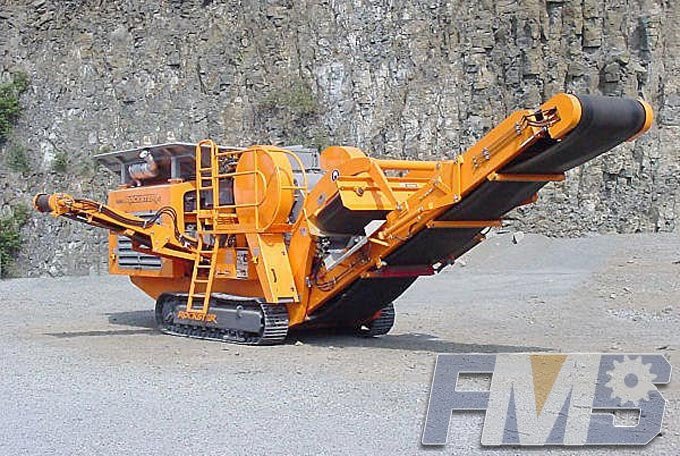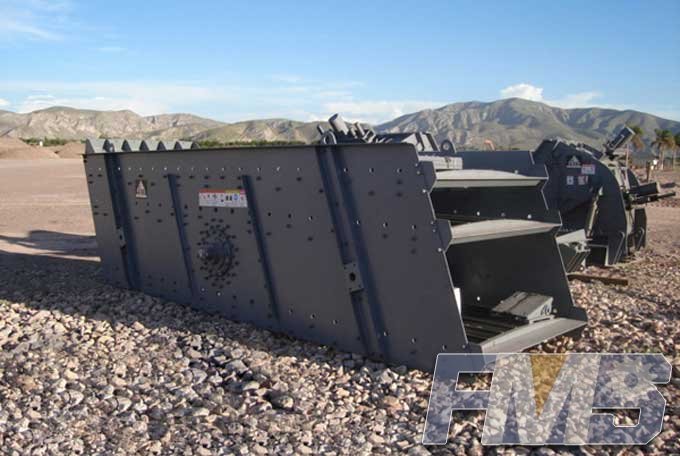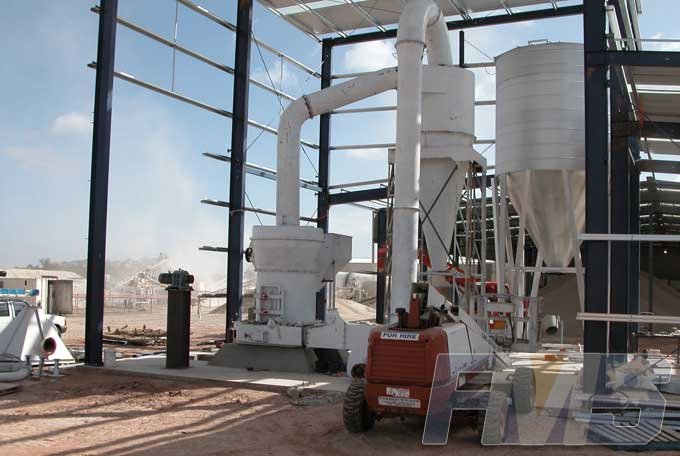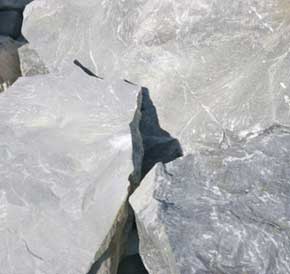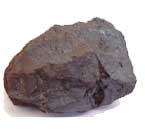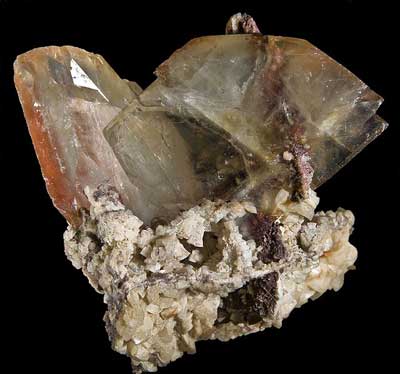HPGRs in the hard-rock mining industry in the United States
The first serious application of HPGRs in the hard-rock mining industry was the installation of an HPGR in a copper concentrator in the United States in 1994.
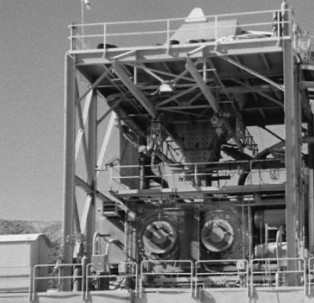
The expected performance in terms of throughput, fines production, and energy consumption was met. However, the hardness and abrasiveness of the ore was by far higher than that of ores treated in HPGRs previously. It soon became apparent that the wear protection of HPGRs, in particular, the stud technology, was not advanced enough at that time to allow for a smooth and easy transition into continuous operation. Different stud qualities had to be tested and changed in order to suit the requirements of the ore. The change-outs were facilitated by having the rolls equipped with segments; however, these also contributed to wear problems. Finally, stud qualities were found that provided a reasonable lifetime at low cost (~0.10 to 0.15 US$/t) even under these difficult circumstances. In the end, the unit was decommissioned after treating more than 7,000,000 t of ore when the initial investment plans for the mine were abandoned. Despite the positive operating results, this installation was widely viewed by the industry as a failure of HPGR technology, and its acceptance was set back for years.
PRINTGET PRICEPrevious: Cone crushing technologies comparison with traditional crushing and grinding technologies
Next: HPGRs for hard-rock applications in Nevada
Tags: Hard Rock CrusherHPGRs for mining industry
Get Detail Information:
(If you do not want to contact to our online customer service, please fill out the following form, Our client manager will contact you later. We will strictly protect your privacy.)


